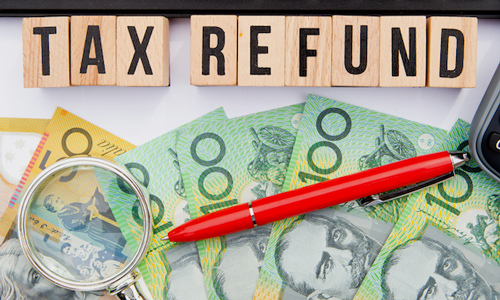Regardless of what the market is doing, there is always plenty of property to choose from when looking for your next investment. But, did you know that not all properties are what is considered to be an ‘investment grade property’?
Just because a property looks good, does not mean that is offers the best opportunity for growth, regardless of whether it has a high rental return. There are many traps an unsuspecting buyer can get into when searching for an investment, so here are 3 steps to choosing investment grade property.
- Know the difference between investment stock and investment grade
Investment stock is basically property which has been built and targeted to investors. New developments such as housing estates or high-rise apartments offer flashy new product which is hard to resist. Many investors get enticed by the idea of brand new, whether it is because there is no need to renovate or because of depreciation benefits. Developers also entice investors with rebates and incentives to sweeten the deal.
Now, when you strip away all of the glamour and newness, you may see there is no growth potential, especially if the property is located in a slow growing regional area. Investment stock could be investment grade, but only if you have determined whether or not there is potential for growth in the property’s surrounding location.
2. Determine growth potential
Research is the only way to find out everything you need to know about the property and the market. Investment grade property is found in locations that have growing population, lower supply to demand, proximity to amenities and employment, public transport and future development or infrastructure to support further growth.
The best places to research are your local and state council, property investment magazines, the Australian Bureau of Statistics, research websites such as Corelogic, Reports by RP Data and SQM research. When conducting research, remember that historical trends do not guarantee future performance, so please take that into account and be conservative as well as realistic in your forecasts.
3. Do a cashflow analysis
It may seem like an difficult task to analyse each property for its investment potential, but this is exactly what is needed if you want to make a good investment. You don’t need to go out and purchase expensive software to do a cashflow analysis, but an excel template is required if you want to save time.
An accurate cashflow analysis is based on accurate data. You will need the current market rental income and expenses such as council rates, water rates, maintenance costs, management fees and your borrowing costs. You will also need the market CPI for expenses and the growth rate (which you will determine from your research).
The cashflows can be analysed over 10+ years to give a good indication of whether the property is a good investment in the long-term. If you end up with negative cashflows and less than desirable rate of return, it is time to find another property with better growth potential.
At JR Prosperity Partners, we know the difference between investment stock and investment grade property. We also do extensive research to carefully determine if a property is investment grade before we recommending it to our clients . To find out how you can build wealth through property, contact us today on 1300 522 562 or team@jrprosperity.com.au.












